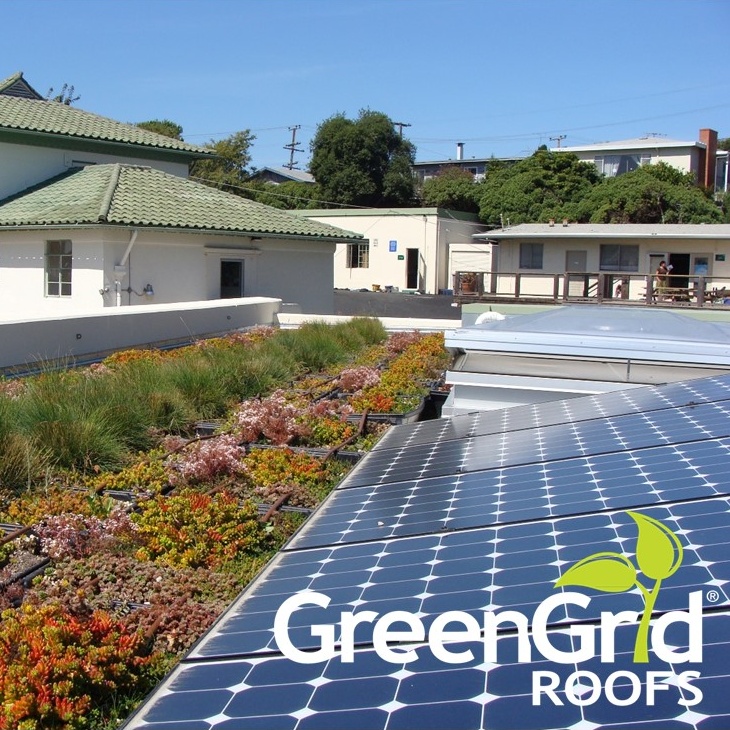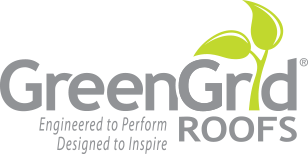In an era marked by escalating urbanization and ever-growing environmental concerns, sustainable building practices have taken center stage.
Designing green roof systems involves creating a functional, sustainable, and aesthetically pleasing space on the rooftops of buildings. With numerous options available to achieve your goals, there are just as many aspects that need to be considered when designing green roofs.
Here are some key considerations to keep in mind:
(1). Method of Construction – Modular Green Roofs: A Versatile Choice
The method of construction is a pivotal decision in green roof design. Modular green roofs utilize pre-planted units, providing a high degree of flexibility, ease of installation, and simplified maintenance. They offer an adaptable solution that can suit various design preferences, budgets, and long-term maintenance considerations, particularly when mixing and matching depths is desirable.
Built-in-Place Green Roofs: A Different Approach
Conversely, built-in-place green roofs involve the direct installation of vegetation onto the roof structure, resulting in a more integrated appearance. While this approach offers a seamless look year-round, it can be labor-intensive and more complex to establish, especially in terms of establishment period maintenance, or where roofs have many penetrations and disruptions to work around.
Hybrid Systems: A Middle Ground
Hybrid systems combine aspects of both modular and built-in-place methods but may not necessarily deliver the best of both worlds. They retain some of the installation complexities of built-in-place systems while losing some of the benefits of modularity after installation.
(2). Structural Integrity:
Green roofs impose additional weight on buildings due to the added medium, vegetation, and water retention capabilities. If necessary, structural reinforcement may be needed or the use of smaller size trays such as GreenGrid’s Ultra-Extensive trays which help reduce weight. Collaboration with structural engineers is essential to ensure safety and longevity.
(3). Plant Selection:
Using drought-resistant, low-maintenance native species are often preferred as they can thrive in the local climate without excessive watering and care. Plants from other regions can be used but anticipate a higher amount of maintenance to maintain. Having plant diversity can support a healthy ecosystem by offering multiple food sources attracting pollinators and other wildlife.

(4). Exposure to the Elements:
Environmental conditions such as temperatures and rainfall can greatly affect vegetation growth and maintenance. Sunlight concentration needs to be monitored as shady areas may prevent growth while hot spots caused by windows reflections might cook the plants dry. Areas with high winds need plants that tolerate such conditions and may require additional reinforcements of the trays to prevent them from shifting.
(5). Waterproofing and Drainage:
Proper waterproofing and drainage systems are essential to prevent water leakage and ensure effective stormwater management. Having the correct number of drains, type and size are needed to prevent clogs and standing water. When roof maintenance is required, a tray system like GreenGrid’s can easily be removed.
(6). Irrigation System:
Watering vegetation is necessary during prolonged droughts to prevent burnout. An irrigation system can reduce the number of manhours required to water. GreenGrid trays can allow the main water lines to run underneath the system reducing the amount of visible tubing. It is important to purge the water out before winter to prevent the pipes from bursting.
(7). Maintenance and Weeding:
Green roofs require regular maintenance, including weeding and pruning to keep the system healthy. The removal of all unwanted vegetation, especially before their flowering or seeding will prevent them overwhelming the system. The use of herbicides or any other chemicals is not recommended and must be given permission by the systems manufacturer.
(8). Roof Access and Safety:
It’s extremely crucial to have safe means to access the roof and fall prevention measures. Permanent structures like stairs and ladders or the use of a scissor lift provide saft access methods. On top of the roof, barriers or fencing should be used at or near the edge of the rooms. If none could be constructed, then the use of an anchor with harness system must be installed.
(9). Aesthetics and Usability:
Designing a green roof has more opportunities than just a place for vegetation. Plants can be arranged to create images like text or logo’s when observed from heights. Create outdoor spaces for relaxation, socializing, or even urban agriculture to enhance the quality of life for occupants.
 Greenroofs.comConnecting the Planet + Living Architecture
Greenroofs.comConnecting the Planet + Living Architecture





